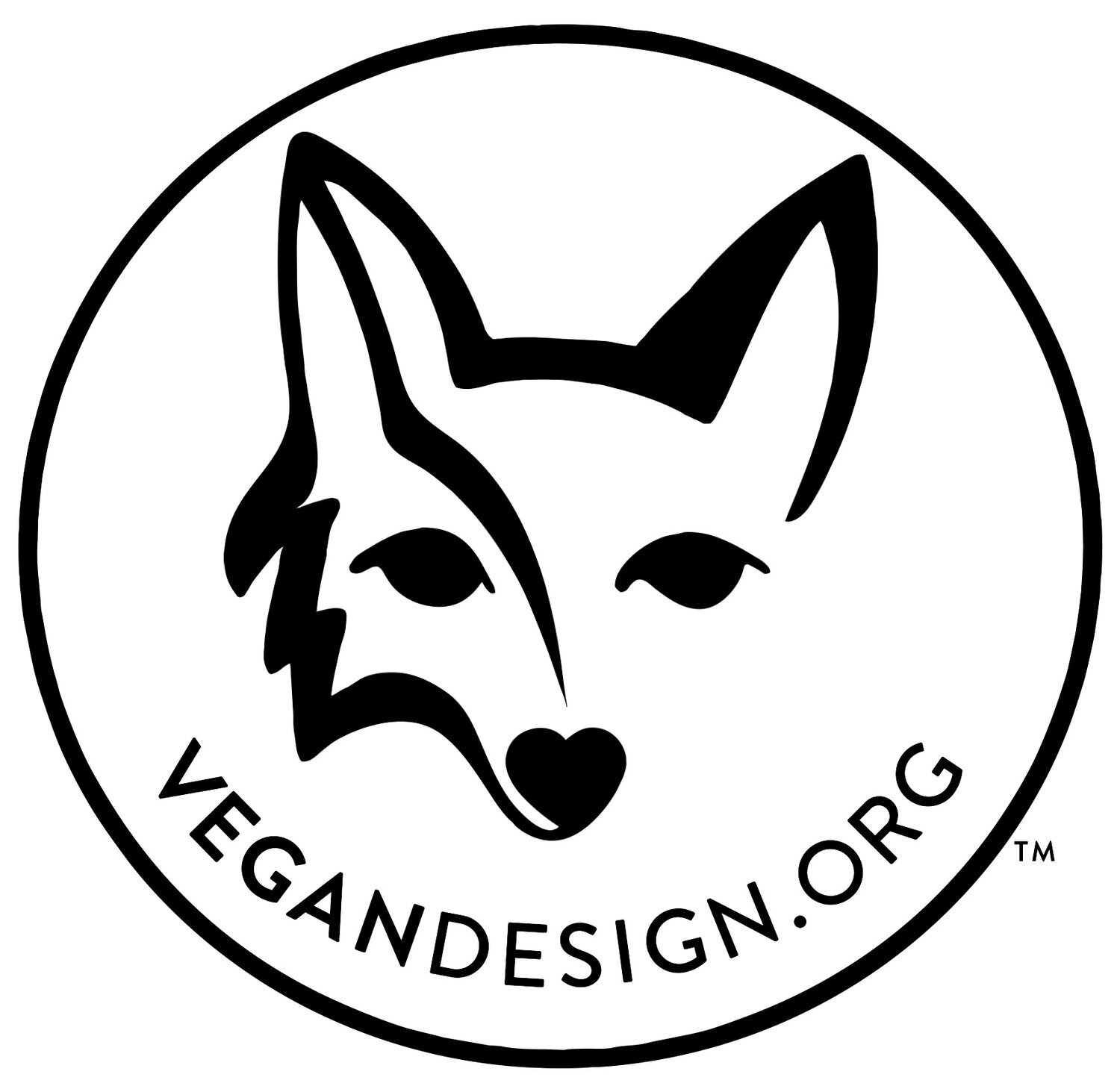5 Tips To Finding Cleaning Products That Are Safe For Your Home
Clean those pipes! Cough! Cough! I mean lungs. Did you know that emissions from chemicals in every day products we use are equal to the air quality for automotive emissions? Yuck!!
Think about all of the products we use. There are more than 2,000 cleaning and household products on the market. Household cleaners, nail polish remover, fabric softeners, dryer sheets, chlorine, oven spray, antibacterial spray cleaners, and air fresheners are some of the products that emit tiny particles that lodge deep in to the lungs. They’re called VOC’s or volatile organic compounds. They irritate our eyes, nose, cause asthma attacks, wheezing, respiratory infections and are linked to possible long-term effects to the kidneys, liver, central nervous system and cancer.
Have you ever checked your cleaning product ingredients only to find that there aren’t any listed? That’s because cleaning products are not required by federal law to carry a list of ingredients.
In 2017, California passed a groundbreaking bill, the SB 258 The Cleaning Product Right to Know Act , which set a strong national standard. For the first time ever, companies are legally required to disclose the ingredients in the fragrance. Breast cancer survivors, new and expecting moms, chemically-sensitive adults and children are working extra hard to avoid hazardous chemicals that could contribute to a re-lapse of cancer or a negative health impact. Many companies resist listing all ingredients and use the term “fragrance” to hide HUNDREDS of chemicals, including known allergens, on the grounds that they are obligated to protect their trade secrets. For example, synthetic musks, or known hormone disruptors – phthalates, are found in fragrance and are linked to breast cancer.
We’re conditioned to associate cleanliness with the odor of toxic products like chlorine. Let’s take a look at the ingredients listed on the Windex website: water, 2-hexoxyethanol, isopropanolamine, sodium dodecylbenzene, sulfonate cleaning, lauramine oxide, ammonium hydroxide, fragrance, Liquitint® sky blue dye. What is this stuff?
Decoding the Labels
Confused by marketing and ingredients? It’s a mess. I can help you sort through the hype. Say goodbye to Windex!
1. Active Ingredients
These are usually antibacterial pesticides used to kill bacteria, viruses and/or mold. They’re hazardous and you don’t need them to get your house clean.
2. Enzymes
These are proteins added to cleaners to break down soils and stains. Sounds harmless, right? Don’t assume they’re safe because they’re natural. Boric acid, a chemical toxic to the reproductive system, is often added to stabilize enzymes in cleaning supplies.
3. Optical Brightener
Optical brighteners found in some laundry detergents are used to make fabrics appear brighter. It coats clothing in the washing machine and sticks even after rinsing. Brighteners can cause skin irritation. Triazene-stilbenes do not break down easily, accumulate in the environment, and are toxic to aquatic life. Avoid them.
4. Organic
It can mean anything or nothing at all. There are no legal restraints on the word’s use. Take this claim, as well as “green” and “natural”, with a grain of salt unless you see a USDA Organic logo. These are the only products legally bound to comply with that claim.
5. Surfactant
These are chemicals used to loosen dirt and grease. They’re essential for cleaning, but some are safer than others. Some are toxic to aquatic life and decompose very slowly, such as nonylphenol ethoxylates.
Look for labels that state the following:
Biodegradable
Green Seal / EcoLogo
Essential oils
Free and clear of perfumes and dyes
Here Are A Few of Our Favorite Cleaners:
Here’s my 5-minute homemade glass and window cleaner that works better than store bought. It smells great too!
2 cups of water (distilled or filtered is best)
2 tablespoons white vinegar
2 tablespoons rubbing alcohol
5-10 drops essential oil (lemon and tea tree are my favorite - don’t use citrus on granite)
Let’s start taking steps to get back to the basic ingredients previous generations used, They are considered non toxic cleaners. You’ll be surprised that they still work - and they’re less costly. Baking soda, hydrogen peroxide, cornstarch, vinegar, liquid castile soap, natural salt, coconut oil, and essential oils can replace most of your household cleaners and they’re good for your health, the planet and your pet’s health too!
Marie Roviello is the founder of MarieRoviello.com, a modern, non-toxic and vegan interior-design firm based in Los Angeles, CA and Scottsdale, AZ.
© 2018 Marie Roviello | All Rights Reserved
* Just a heads up: this pages contains affiliate links (as an Amazon Associate, we earn from qualifying purchases)! If you buy something through one of these links, you won't pay a penny more, but we'll get a small commission, which helps keep our tummies full 🐶Thanks! :)








